Archives
- 2025-10
- 2025-09
- 2025-03
- 2025-02
- 2025-01
- 2024-12
- 2024-11
- 2024-10
- 2024-09
- 2024-08
- 2024-07
- 2024-06
- 2024-05
- 2024-04
- 2024-03
- 2024-02
- 2024-01
- 2023-12
- 2023-11
- 2023-10
- 2023-09
- 2023-08
- 2023-07
- 2023-06
- 2023-05
- 2023-04
- 2023-03
- 2023-02
- 2023-01
- 2022-12
- 2022-11
- 2022-10
- 2022-09
- 2022-08
- 2022-07
- 2022-06
- 2022-05
- 2022-04
- 2022-03
- 2022-02
- 2022-01
- 2021-12
- 2021-11
- 2021-10
- 2021-09
- 2021-08
- 2021-07
- 2021-06
- 2021-05
- 2021-04
- 2021-03
- 2021-02
- 2021-01
- 2020-12
- 2020-11
- 2020-10
- 2020-09
- 2020-08
- 2020-07
- 2020-06
- 2020-05
- 2020-04
- 2020-03
- 2020-02
- 2020-01
- 2019-12
- 2019-11
- 2019-10
- 2019-09
- 2019-08
- 2019-07
- 2019-06
- 2019-05
- 2019-04
- 2018-07
-
DAPK is involved in the p
2020-02-27
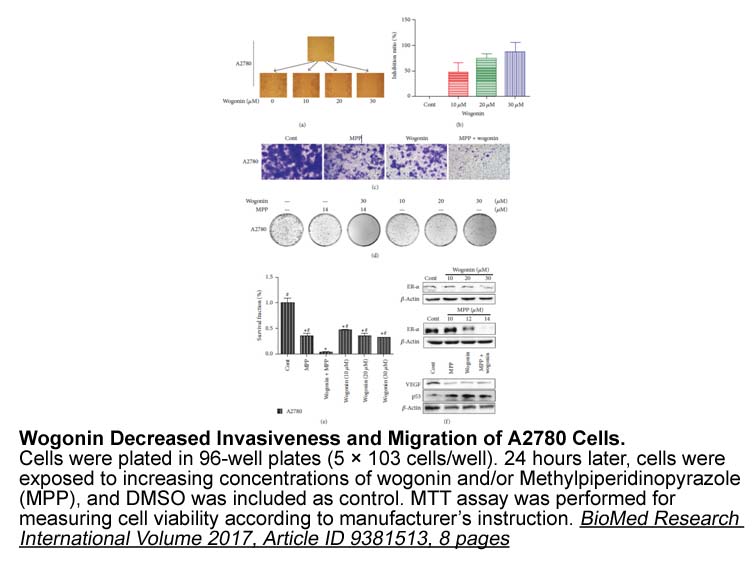
DAPK-1 is involved in the p53 dependent apoptotic pathway and it is a mediator of γ-interferon induced apoptosis. DAPK-1 is also involved in other death signaling pathways (tumor necrosis factor-α, CD95 and transforming growth factor-β) and it blocks tumor metastasis in vivo. The loss of DAPK mRNA T
-
br Patients and methods br Results Table shows
2020-02-27

Patients and methods Results Table 1 shows relevant demographic and clinical characteristics of the 123 patients in the cohort. BAL fluid samples were obtained at a median of 172.5 days after allo-HSCT (range 3 days to five years). Discussion The definitive abandonment of traditional cultu
-
br Introduction Hematopoietic stem cells
2020-02-27
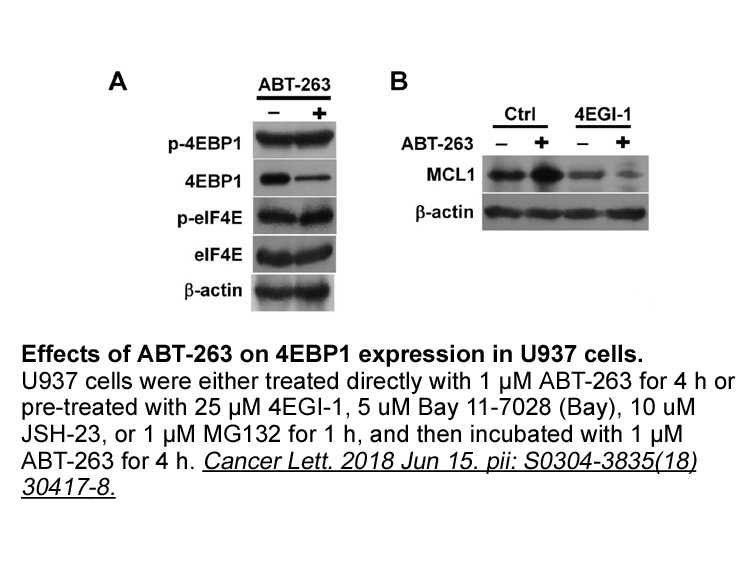
Introduction Hematopoietic stem Cyclopiazonic acid and leukemic stem cells (HSCs and LSCs, respectively) both have a capacity of self-renewal. Whereas HSCs give rise to all blood lineages during lifetime hematopoiesis, LSCs are responsible for the initiation and propagation of leukemia, as well
-
The prospects of the use of this
2020-02-27
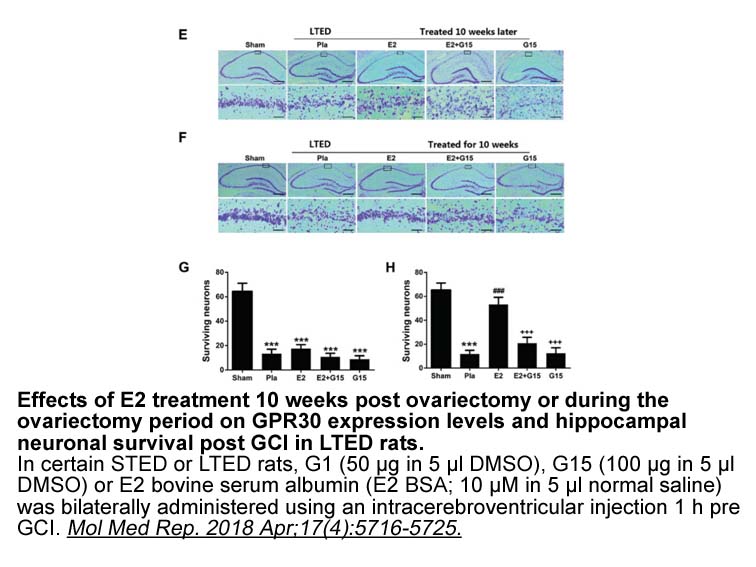
The prospects of the use of this novel approach for the selective local thermo-activation of enzymes include biomedical and biotechnological applications. As NPs could be engineered to gain access to PFI-2 through the endosomal compartment [47] or through non-endocytotic pathways [48], [49], [50] or
-
br Funding br Disclosure of interest br Acknowledgments br
2020-02-27
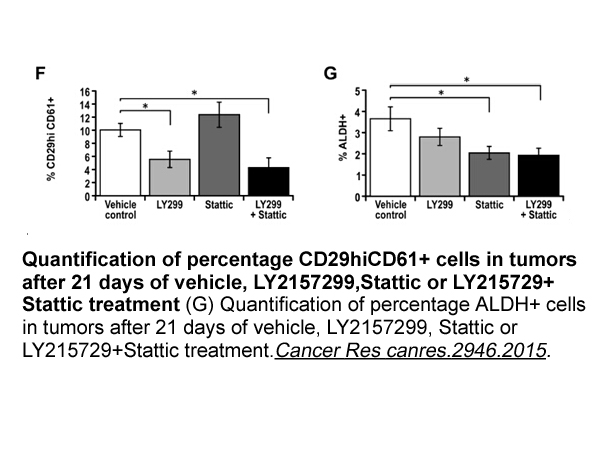
Funding Disclosure of interest Acknowledgments Introduction Pulmonary fibrosis (PF) is a chronic disease characterized by extensive deposits of the extracellular matrix (ECM) that can impair the architecture and function of the lungs (Cavazza et al., 2010). Imbalance between the prolifer
-
Collagen X is a homotrimeric molecule of three X
2020-02-27
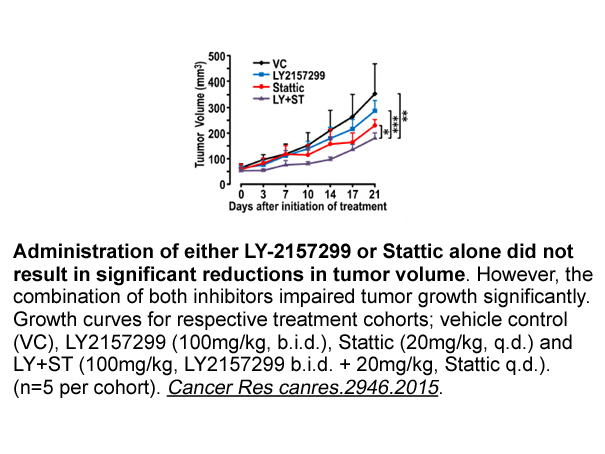
Collagen X is a homotrimeric molecule of three α1(X) chains (Mr 59 kDa) comprising a 45 kDa triple-helical domain flanked by an N-terminal (NC2) and a larger C-terminal (NC1) non-collagenous domains (Shen, 2005). In the hypertrophic ECM, collagen X most likely forms an extended hexagonal network, as
-
Indeed some cancers may even be defined by dysregulated cycl
2020-02-27
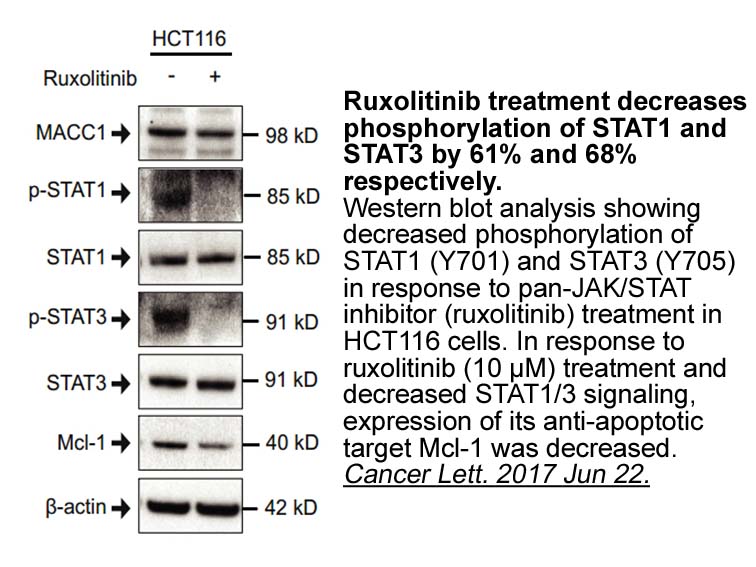
Indeed, some cancers may even be defined by dysregulated cyclin and thus CDK activity: mantle cell lymphoma, an uncommon lymphoma of mature B cells, is defined by the presence of overexpressed cyclin D1, usually as a result of a translocation between chromosomes 11 and 14 with the net result that cy
-
AMD is equally active against a broad range of HIV
2020-02-27
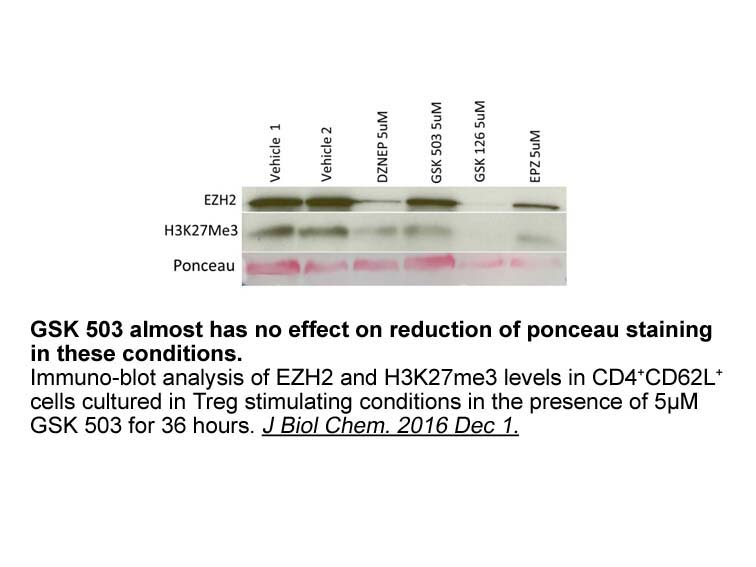
AMD3100 is equally active against a broad range of HIV-1 and HIV-2 strains, but not against simian immunodeficiency virus (SIV) strains in human PBMC (De Clercq et al., 1994). At this moment it is not clear what coreceptor SIV is using in human PBMC, but it does not seem to be CXCR-4 (Feng et al., 1
-
Within the BLA both CRF and the
2020-02-27
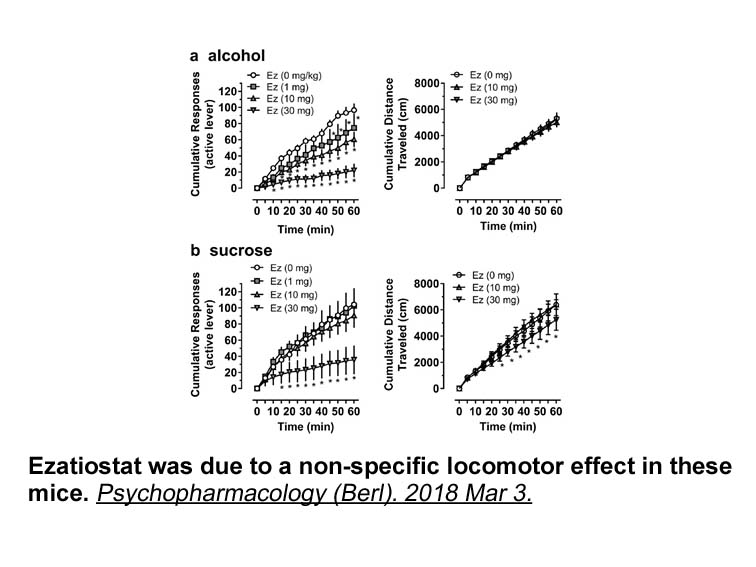
Within the BLA, both CRF and the CRF1 receptor have been shown to functionally regulate synaptic activity. In vivo, CRF release into the BLA originates from projections from the CeA (Roozendaal, Brunson, Holloway, McGaugh, & Baram, 2002). Central administration of both CRF and CRF1 agonists has been
-
br Acknowledgements br Introduction In Arabidopsis thaliana
2020-02-27
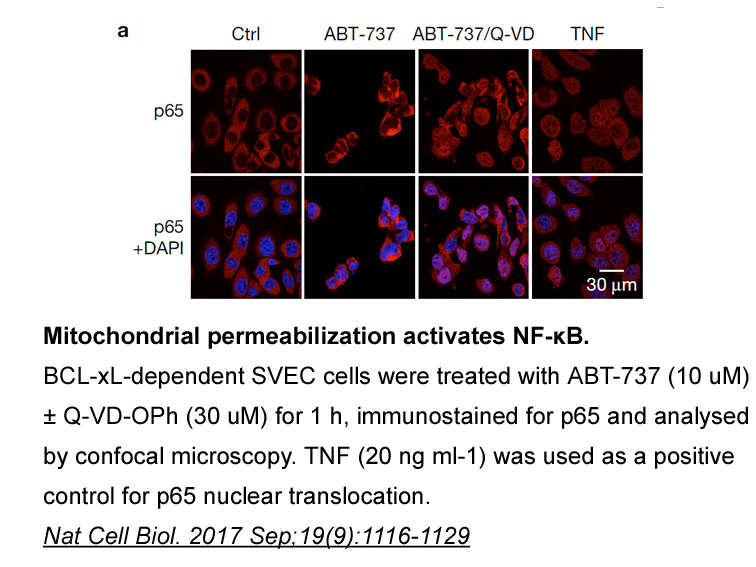
Acknowledgements Introduction In Arabidopsis thaliana (L.) Heynh, there are at least four copies of the caseine kinase-like gene Ck1, which is involved in peptide phosphorylation in mammals [1]. These genes are distributed on BGB-324 1, 2, 4, and 5. A similar number of copies for Ck1 have bee
-
The ability of minor groove binding agents to inhibit the
2020-02-26
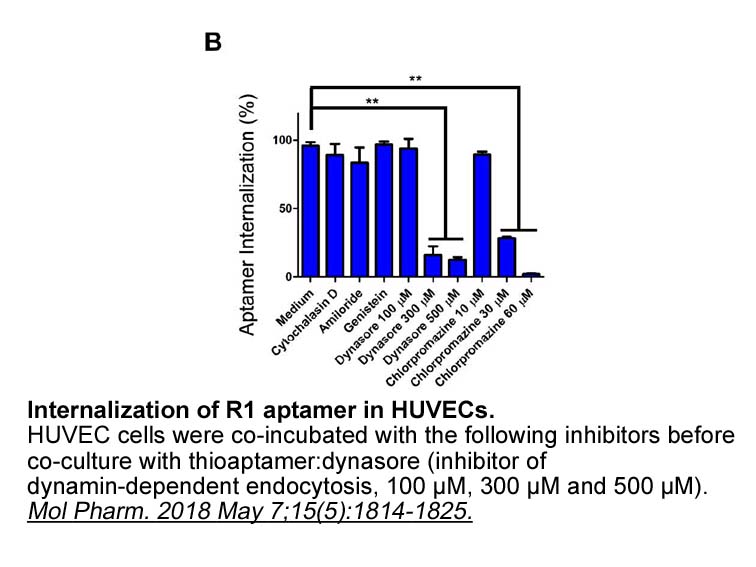
The ability of minor groove binding agents to inhibit the activity of DNA helicases is not without precedence. Similar effective inhibition of the unwinding of DNA by the BLM and Werner\'s DNA helicases by the minor groove binder distamycin A has been observed. Further, and similar to RecBCD, interc
-
The isolation of a proteinaceous putative inhibitor of cyste
2020-02-26
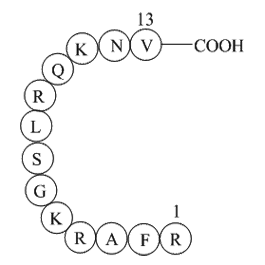
The isolation of a proteinaceous putative inhibitor of cysteine proteases from the extracts of Y. enterocolitica and E. coli was performed by affinity chromatography on immobilized and inactivated papain (Fig. 7A). Instead of the column variant of this technique (Tsushima et al., 1992), we used a ba
-
SR 57227 hydrochloride br Study br Study meta analyses
2020-02-26
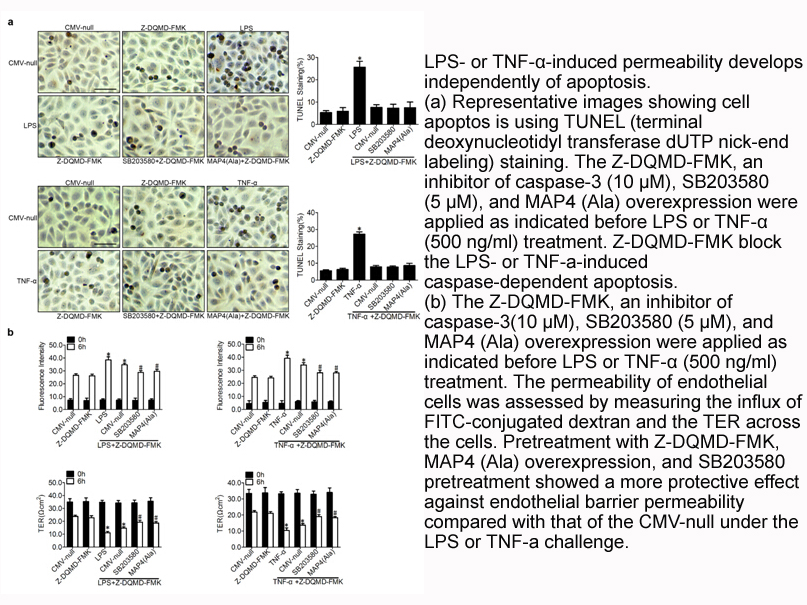
Study 1 Study 2: meta-analyses Discussion Ten studies have examined the associations of 5-HTTLPR and COMT Val158Met with alexithymia. However, the findings were mixed. In this study, we found that neither the 5-HTTLPR nor COMT Val158Met is associated with alexithymia. The previous findings
-
Through the process of alternative
2020-02-26
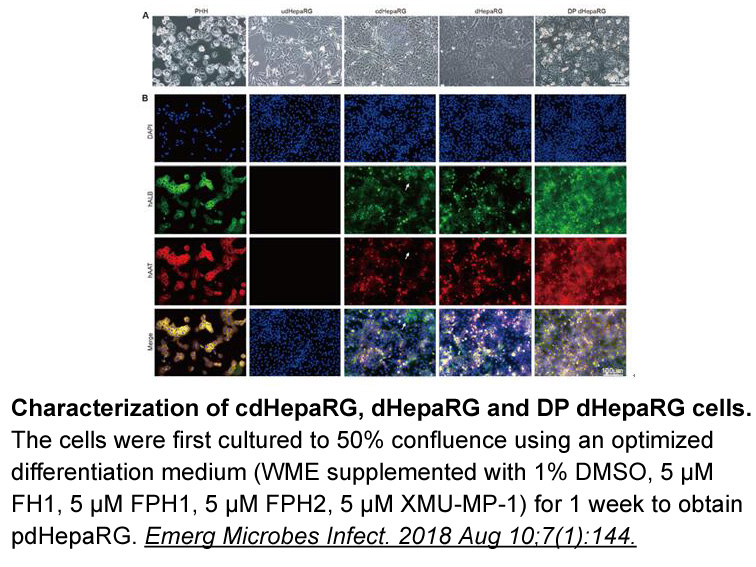
Through the process of alternative splicing, the IKZF1 gene is capable of encoding a large number of Ikaros isoforms (Molnar et al., 1996). Some of these isoforms were shown to have distinct functions (Li et al., 2011, Ronni et al., 2007). Ikaros protein contains four zinc fingers at the N-terminus
-
Exon encodes a section of the
2020-02-26
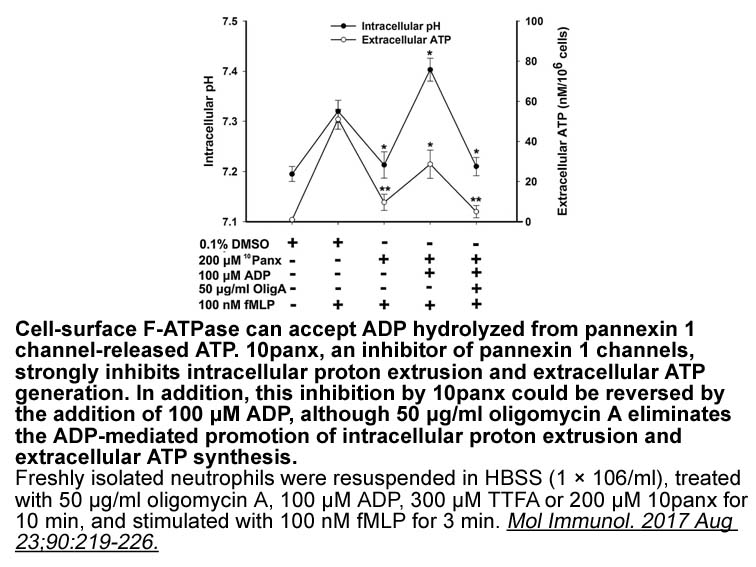
Exon 3 encodes a section of the extracellular ligand-binding domain and two variants in the 5′ region were first identified in Drosophila melanogaster (Semenov and Pak, 1999). These variants were initially termed modules 1 and 2 and correspond to exons 3a and 3b, respectively. To date, exon 3 altern
16009 records 900/1068 page Previous Next First page 上5页 896897898899900 下5页 Last page